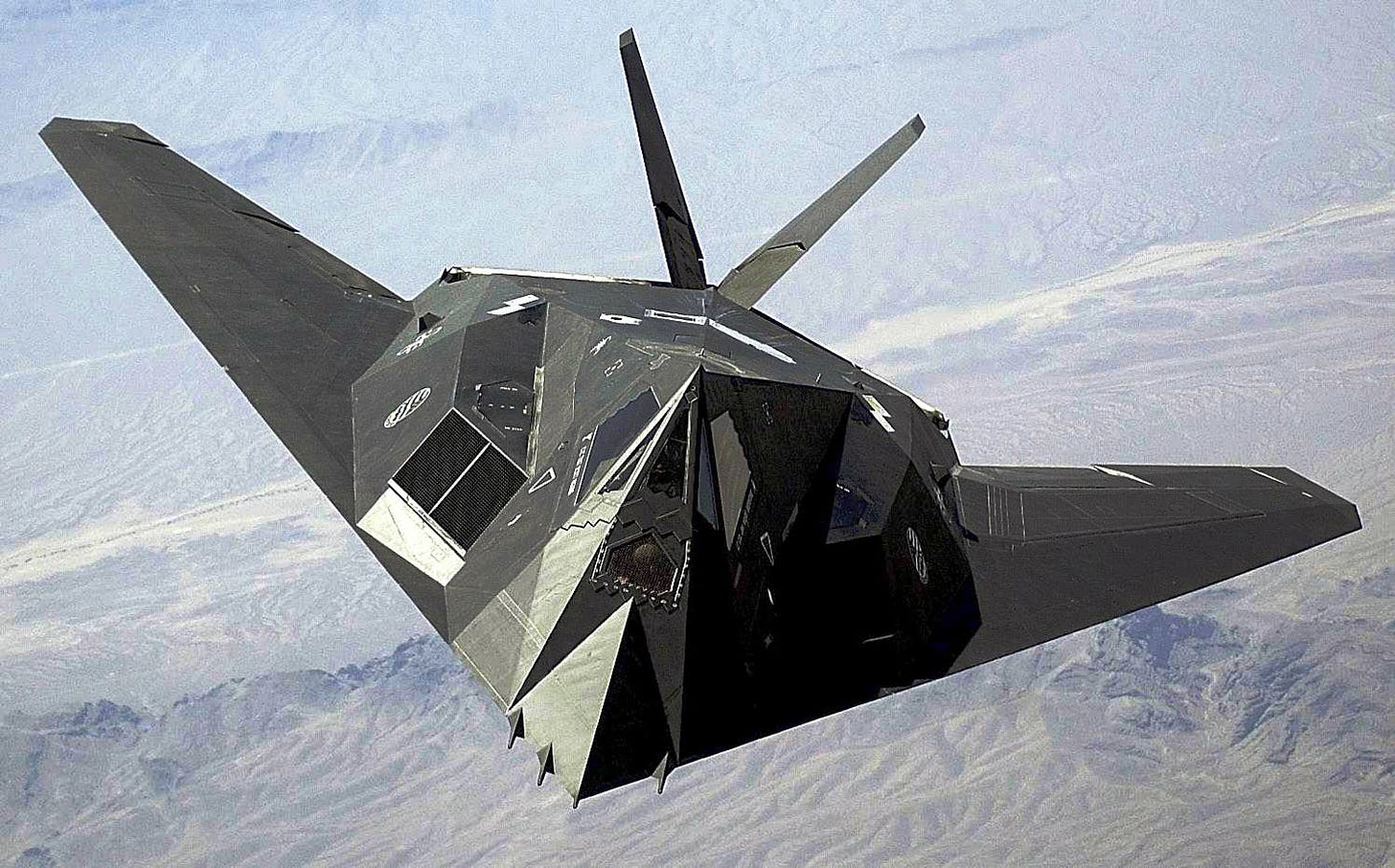How did America’s first stealth fighter get shot down by a 50-year-old Russian SAM?
Overconfidence in technology leads to mistakes - especially in a high-stakes environment where there is little room for error.
The Lockheed F-117 Nighthawk was a marvel of its time, often dubbed a "stealth fighter," even though it mostly functioned as a precision strike aircraft.
Designed from day one to evade radar detection, the Nighthawk was a symbol of US air superiority, capable of slipping through the most sophisticated air defenses to deliver devastating precision-guid…
Keep reading with a 7-day free trial
Subscribe to Eyes Only with Wes O'Donnell to keep reading this post and get 7 days of free access to the full post archives.



